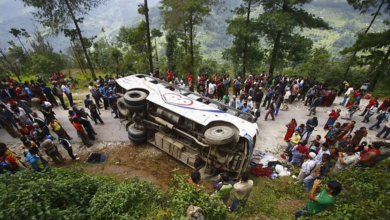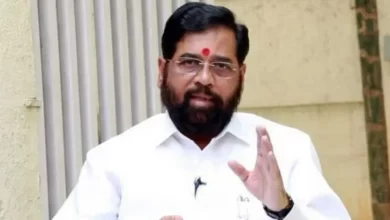Tribal Students and Vocational Education

There is a need to introduce vocational education in remote forested areas of India where most of the youth are facing the brunt of unemployment.
sight dear
There is a need to introduce vocational education in remote forested areas of India where most of the youth are facing the brunt of unemployment. In fact, the foundation of self-reliance of the students rests on the basis of vocational education. Unlike traditional education, vocational education based innovation can achieve desired results in this direction.
The land of India has been closely related to the tribes spread in about seventeen provinces of the country. Their share in the total population is about eight and a half percent. It must have been the intention of Mahatma Gandhi to associate them with the name of Girijan so that they can be included as a living part of the greater cultural-social heritage of the Indian land. Six hundred and ninety nine Scheduled Tribes across the country have their own rich heritage. But these tribes, who have been away from education, sources of livelihood and entrepreneurship, remain cut off from the mainstream. In the changing times, their association with vocational education other than traditional education has become not only relevant, but also necessary. The cornerstone of holistic development of tribal students can be envisaged only by keeping professional education at the centre.
Anyway, vocational education is at the core of earning a living. The demand for vocational education other than knowledge based education has increased rapidly in recent times. To secure the future through livelihood based education with diversity of knowledge, then the basic mantra of vocational education has to be understood. Undoubtedly, objective or informative knowledge provides the highest options for the future of common man’s life. But without employable and professional education, the path of earning income is difficult. Emphasis is urgently needed on employable education for all sections of the society, especially the deprived or the tribals, so that a strong and self-supporting tribal generation can stand on their feet and join the mainstream of development.
But it is a matter of concern that in the remote forest dwelling areas of the country, no other equivalent professional education other than traditional education has been given the desired importance. Even today, more than seventy percent of the colleges and universities in the large tribal areas of the country do not have a proper system of elective or compulsory courses like vocational education. Vocational education differs from academic education in many ways. There is a close link between knowledge and skills, practical challenges and working conditions of the economy. It should be seen separately from skill and skill development. This type of education involves an integrated form of knowledge and skill attitude. In a rapidly changing working world, through vocational education, tribals can be imparted not only the skills but also the technical skills required for a profession along with the theoretical knowledge, aptitude and mindset.
The country has a large number of tribal youth unemployed, most of whom are daydreaming of securing their future by relying only on basic education. They have no option of alternative education. And even if the opportunity becomes available, the acute shortage of resources becomes a hindrance. In such a situation, providing employment to the vast tribal population only through traditional education is a nightmare. Although government efforts have been made in the past for vocational education, there have been many obstacles in their successful implementation. The hierarchy of social status of the professions has created problems in higher education in many ways. It has also affected to a great extent the public’s understanding of vocational education and consequently the choices made by students in higher education. There are many factors that have influenced people’s thinking about vocational education. The separation of vocational education from academic and professional education and the generally poor quality of vocational education institutions has clearly played its part. This situation requires immediate change.
Vocational education needs to be made an attractive option for the tribal students so that more and more students can be oriented towards it. Improving its implementation would be a major fundamental step. In addition, there will be a need for improvement in teacher development and placement, curriculum, infrastructure etc. It has to be completely integrated with the mainstream education, not separated from the mainstream education, so that all the students can know about vocational education and have the option to choose its specific branch. This will help to broaden vocational education, increase social acceptance and provide opportunities to all students to pursue vocational education alone or vocational education and study professional and academic subjects jointly.
Skill analysis for promotion of vocational education, locating local opportunities, financial support for vocational education integration with all educational institutions, infrastructure and recruitment, preparation and collaboration of people for effective implementation of vocational education. There is a need to take steps like adequate investment, encouragement of apprentices for this. It is quite possible that this will open new avenues for the students. Apart from this, inclusion of twenty five percent vocational courses in the curriculum by all educational institutions can prove to be an important link in this direction. Nevertheless, much remains to be done in the direction of making the students self-reliant and self-reliant. However, taking a positive initiative in this direction, the Ministry of Tribal Affairs has increased its budget provision from Rs.5329.32 crore to Rs.5957.18 crore. Along with this, efforts are also being made to connect seventy seven thousand one hundred and forty five tribal students enrolled in various Eklavya model residential schools across the country with vocational education during the current academic year.
But only that is not going to work. There is a need to sensitize this further by adding some specialized courses in skill development programmes. Planning and management including various business functions such as office management, solar and electricity, aesthetics, handicrafts, skills required for everyday construction tasks (such as plumbers, masons, fitters, welders, carpenters etc.), refrigeration and AC repair, mobile repairs There are thousands of programs like nutrition, Ayurvedic and tribal medicine, IT, data entry, fabrication, training of paramedics and nurses at home, driving etc.
Apart from this, the old and vocational training programs of multi-technical education centers which are already running and through which three-year diploma courses are provided to the students in traditional subjects like engineering and computer science, will also have to be revived. In this episode, projects like National Urban Life Mission Project and ‘Livelihood’ Mission can be facilitated by connecting tribal students with employment, supplementary knowledge, equipment, skill sets and providing financial help to start their own business. There is a need to introduce vocational education in remote forested areas of India where most of the youth are facing the brunt of unemployment. In fact, the foundation of self-reliance of the students rests on the basis of vocational education. Unlike traditional education, vocational education based innovation can achieve desired results in this direction. If tribal students are to be financially empowered, then the importance of vocational education has to be understood.
,






